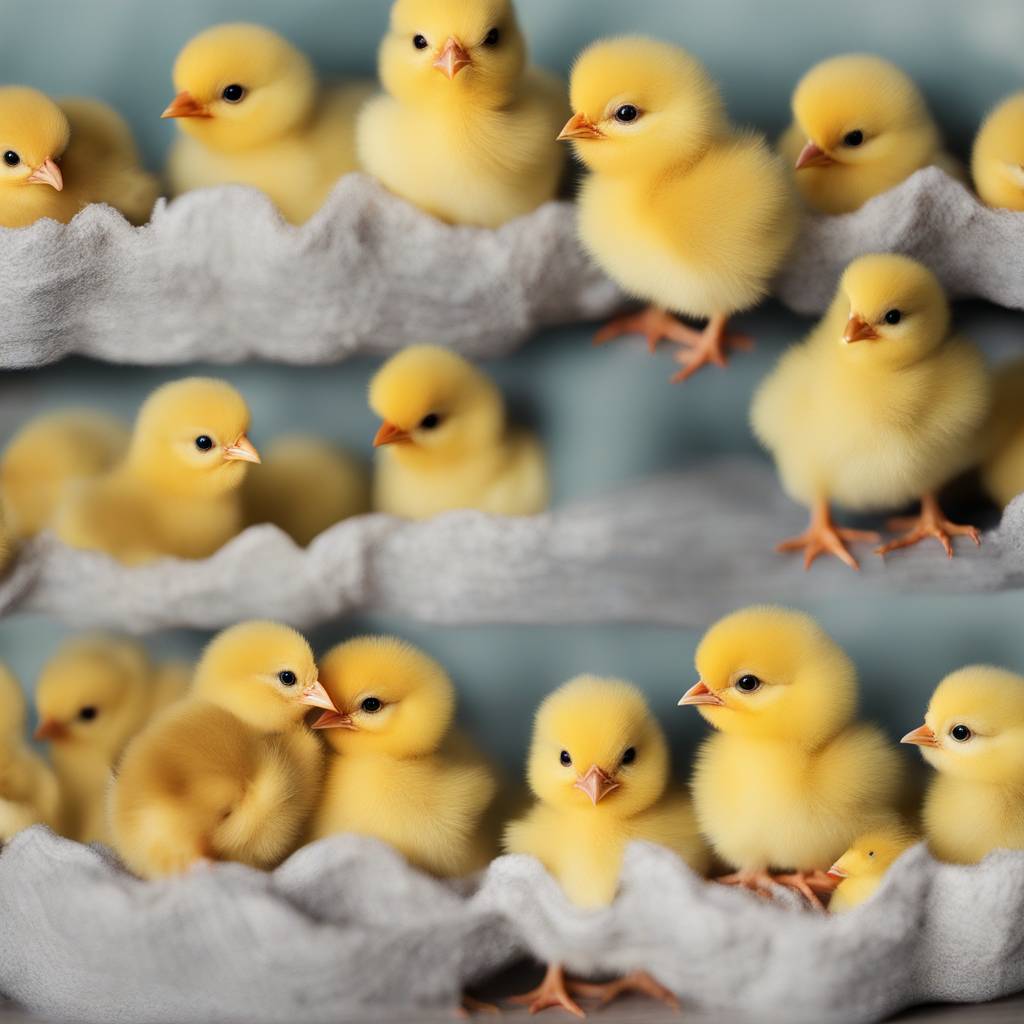The study conducted by researchers at Queen Mary University of London focused on newly hatched chicks raised in darkness and allowed to touch either a smooth or bumpy cube for 24 hours. The findings were groundbreaking, as the chicks were able to instantly recognize the object with their vision upon first exposure to light. This challenges the long-held belief that integration of touch and vision requires learning, suggesting a pre-wired ability in the brain for cross-modal perception. This discovery could potentially redefine our understanding of animal cognition and sensory processing.
The study was inspired by a question posed by William Molyneux in 1688 regarding whether someone born blind could instantly recognize objects by sight after gaining vision. This question has remained unanswered for centuries due to ethical challenges in studying humans. However, the use of chicks in this study provided a unique opportunity to explore this concept. Chicks hatch with well-developed sensory systems, allowing researchers like Dr. Elisabetta Versace to raise them in darkness and expose them to different objects for their first tactile experience.
The results of the study were surprising, as the chicks that had touched a smooth object preferentially approached the visual representation of a smooth object when exposed to light for the first time. This suggests that chicks have an inherent ability to link touch with sight, even without prior visual experience. These findings contradict traditional theories and suggest that our brains may be pre-wired to make connections between different senses before they are ever used together.
This breakthrough in understanding cross-modal perception in chicks opens up new avenues in the field of sensory processing. By studying how our brains process information across different senses, researchers hope to gain a deeper understanding of how our senses develop and interact with the world around us. This could have implications for a wide range of fields, from animal cognition to human sensory development.
The research conducted by Dr. Versace and her team has the potential to reshape our understanding of animal cognition and sensory processing. By challenging long-held beliefs about the integration of touch and vision, this study highlights the complexity of the brain and its ability to make connections between different senses. The implications of this research could lead to new insights into how we perceive the world and interact with our surroundings.
Overall, this study sheds light on the intricate connections between touch and vision in newly hatched chicks and suggests a pre-wired ability in the brain for cross-modal perception. By redefining our understanding of animal cognition and sensory processing, this research contributes to a growing body of knowledge on how our brains process information from different senses. The findings could have broad implications for various fields and pave the way for future research on sensory development and integration.













